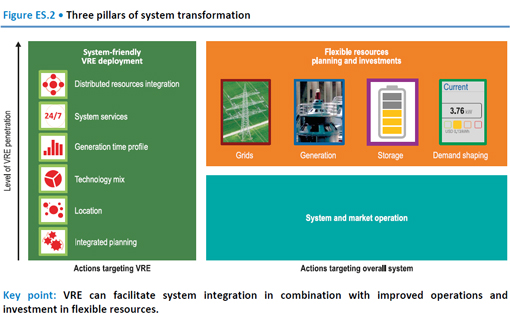Oscar Wilde lär ha definierat en cyniker som: “En man som vet priset på allting men värdet av ingenting”? Det är ett förhållningssätt som länge präglat diskussionen om energisystemen. Många är de som hävdat att vi med prisets hjälp får all nödvändig information för att vi (=marknaden) skall kunna göra de rätta avvägningarna så att systemet blir optimalt utformat. Energimyndigheten anser att det inte behövs några viktningsfaktorer för att bedöma energi av olika slag eftersom “en väl fungerande energimarknad” löser problemen.
Därför är det inte så lite spännande att IEAs senaste marknadsrapport om förnybar energi har som undertitel “From Cost ro Value” och där man resonerar om Systemvärdet (SV), se också bild nedan:
SV is defined as the overall benefit arising from the addition of a wind or solar power generation source to the power system; it is determined by the interplay of positives and negatives. Positive effects can include reduced fuel costs, reduced costs from lower emissions of carbon dioxide (CO2) and other pollutants, reduced need for other generation capacity and possibly grid infrastructure, and reduced losses. On the negative side are increases in some costs, such as
higher costs of cycling conventional power plant and for additional grid infrastructure, as well as curtailment of VRE output due to system constraints.SV provides crucial information above and beyond generation costs;.....

Skrivet av Hans Nilsson, 2016-12-19.
(0) Kommentarer • Permalink
